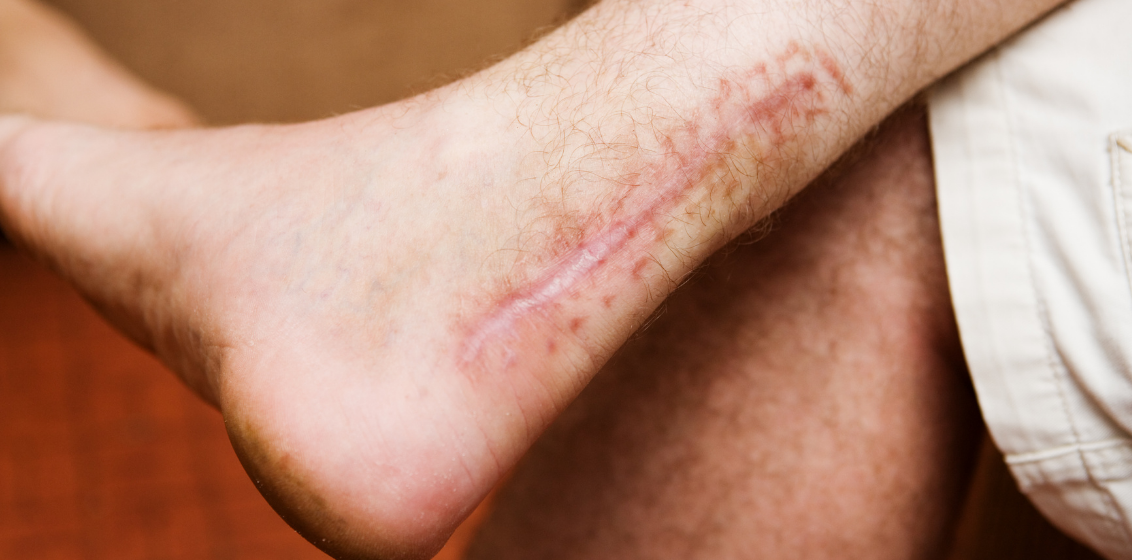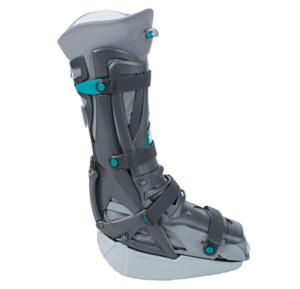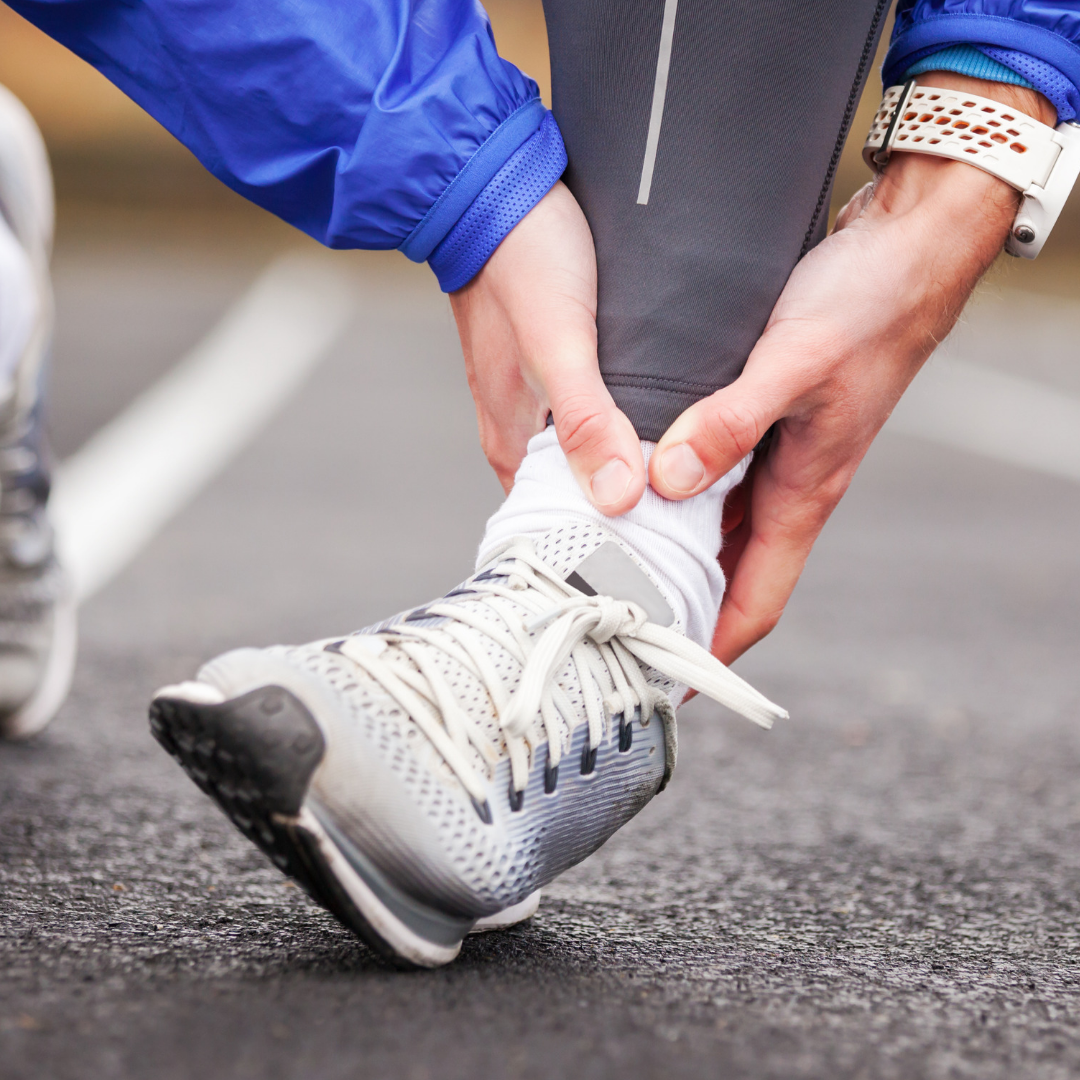Achilles Tendon Rupture: Surgery or a Boot?

The Achilles tendon is the most frequently torn tendon in the human body. It’s a major injury which takes months to recover. For decades, surgical repair of the tendon was the most common treatment, but since walking boots have become popular recently, non-surgical treatment using a specialised boot has become more popular.
So which one is better? Surgery or a boot? As usual, it depends!If we look at the rate of re-injury, completely tearing the tendon again, there’s no significant difference between surgery or a boot. Calf strength and return to function are not significantly different either IF REHAB IS DONE PROPERLY. Without specific rehab, surgery has a 10% better outcome than the boot in preventing re-rupture. The research is telling us the gold is in the rehab!!
If we look at complications from treatment, then non-surgical treatment comes out on top. Complications include wound infections, stiffness, weakness, or something more serious like a blood clot and they occur in up to 15% of those having surgery.
So which way should you go? For both choices, you will be in a boot for 2-3 months. That’s right, even with surgery, the repaired tendon needs to be protected from stretching out and you’ll be in a boot for ages. Based on the research, and our experience with patients who have gone down both pathways here’s our summary
Surgery:
Pros [start bullet list]
- Better chance of the tendon healing at the right length and regaining full strength for running and jumping sports
- Less chance of tendon healing in a lengthened position, leading to a loss in calf strength
- Slightly earlier to get out of a boot in some cases
Cons
- Cost: surgery, hospital bills plus boot and rehab
- Complications: wound healing and infection, risks associated with anaesthetic and surgery.
Non surgical rehab
Pros:
- Cheaper
- Lower risk of complications, especially with pre-existing medical conditions
Cons:
- Need to strictly adhere to rehab protocol to avoid tendon healing in a lengthened position. This means keeping toes fully pointed and foot off the floor for 2-4 weeks for starters
- Higher chance of re-rupture if rehab not strictly completed
The decision to operate or not really comes down to you. If you are younger and otherwise healthy and want to return to a sport with a high demand on the Achilles, we’d probably steer you towards having a tendon repair. If you are older, less active and don’t want to run or jump and can be trusted to stick to the boot and rehab protocol you’re a good candidate for non-surgical rehab.
So what’s involved in the rehab?

We use specialised Vacoped boots, which can be adjusted to change the angle of your ankle. Our current protocol based on the best evidence includes 4 weeks non weight-bearing with your toes fully pointed in the boot, then we gradually change the angle of your boot every 2 weeks until 10-12 weeks after your injury when you can come out of the boot full time. During this time, we’ll start some gentle strengthening and movement exercises, but with care not to stretch your calf or Achilles.
Many people find that due to the length of time in the boot, a knee scooter is faster and easier than crutches. Once you’re out of the boot we progress you through a series of graduated and progressive strengthening exercises to improve your calf strength. In general calf strength will improve for up to 2 years but never return quite to pre-injury levels and return to running won’t happen for most until at least 5-6 months post injury.
If you’ve had surgery, you may regain strength slightly quicker but overall, the rehab work to regain strength and power requires patience and persistence no matter which pathway you choose.


